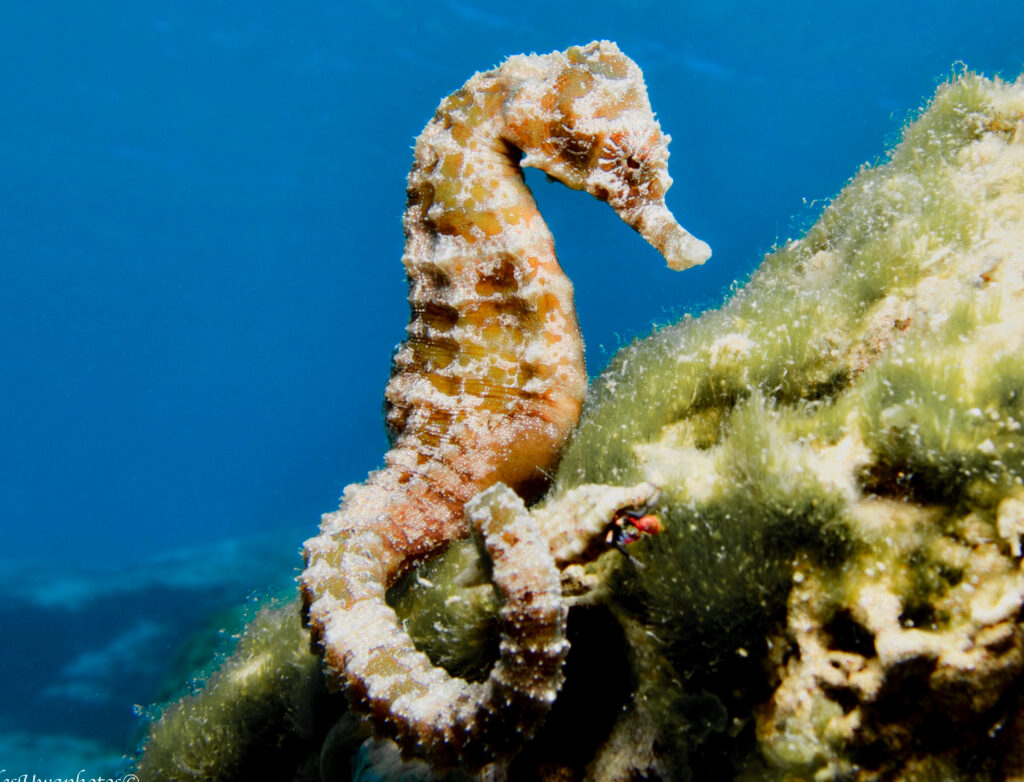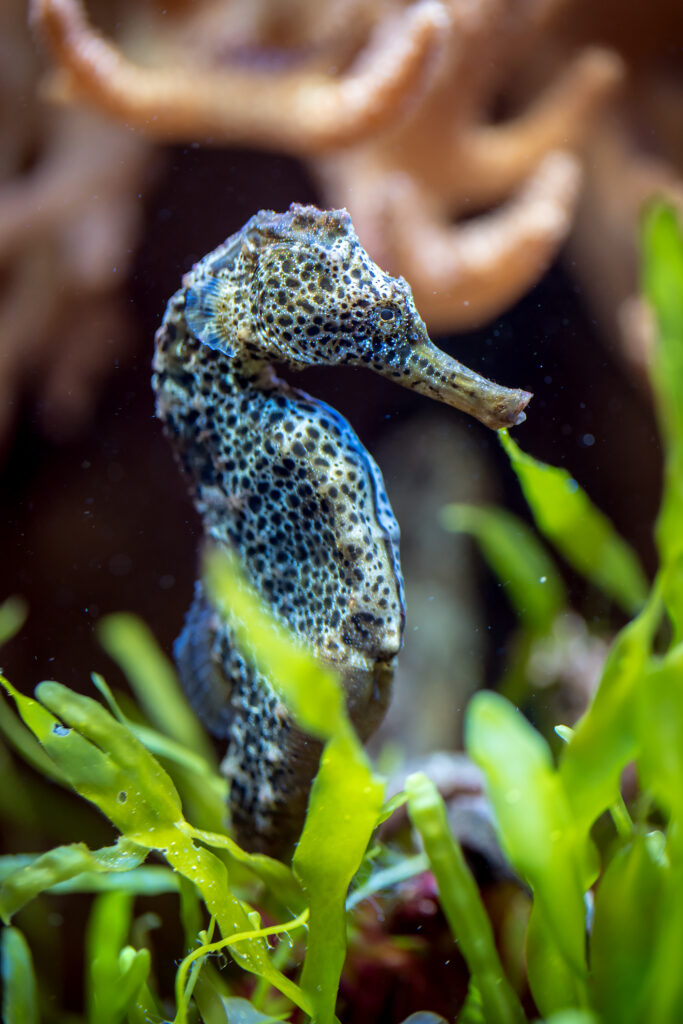Fun and Interesting Facts and Trivia about Seahorses
Welcome to our page on fun facts about seahorses! Did you know that seahorses are the only species where the male gives birth? Or that they can change their color to blend in with their surroundings? Discover these and more amazing facts about seahorses on our page. Our collection of interesting facts, cool facts, and trivia will leave you fascinated by these unique creatures. So, dive into the world of seahorses with us and learn some fun facts you never knew before! #seahorse #seahorses #seahorseart #seahorsesofinstagram

Seahorses are fish, but they have a unique appearance with a horse-like head and a curled tail.
They are found in shallow tropical and temperate waters around the world.
There are over 40 species of seahorses, ranging in size from less than an inch to over a foot long.
They are not strong swimmers and rely on their prehensile tails to hold onto plants or other objects to stay in place.
Seahorses have a bony exoskeleton instead of scales like other fish.
They have a unique way of swimming where they flap their dorsal fin up to 70 times per second to move forward.
The eyes of a seahorse can move independently, allowing them to look in two different directions at the same time.
Seahorses do not have teeth, but instead have a long snout which they use to suck up small crustaceans and plankton.
They have no stomach, so food passes through their digestive system very quickly.
Seahorses are monogamous and form strong bonds with their mate, often staying together for life.
Male seahorses are the ones who carry the eggs and give birth to the babies, sometimes up to 2,000 at a time.
Baby seahorses are called fry and are fully formed and able to swim on their own as soon as they are born.
Seahorses can change color to blend in with their surroundings, making them excellent at camouflaging themselves.
They are not good swimmers and have to rest frequently to avoid exhaustion.
Seahorses have a small swim bladder that they use to control their buoyancy.
The average lifespan of a seahorse is 1 to 5 years in the wild.
Seahorses are protected under international law, as they are often collected for use in traditional Chinese medicine and for the aquarium trade.
They are very sensitive to changes in their environment, including water temperature and salinity.
The largest seahorse species is the Pacific seahorse, which can grow up to 12 inches long.
The smallest seahorse species is the pygmy seahorse, which is less than an inch long and is known for its ability to camouflage itself on coral reefs.

